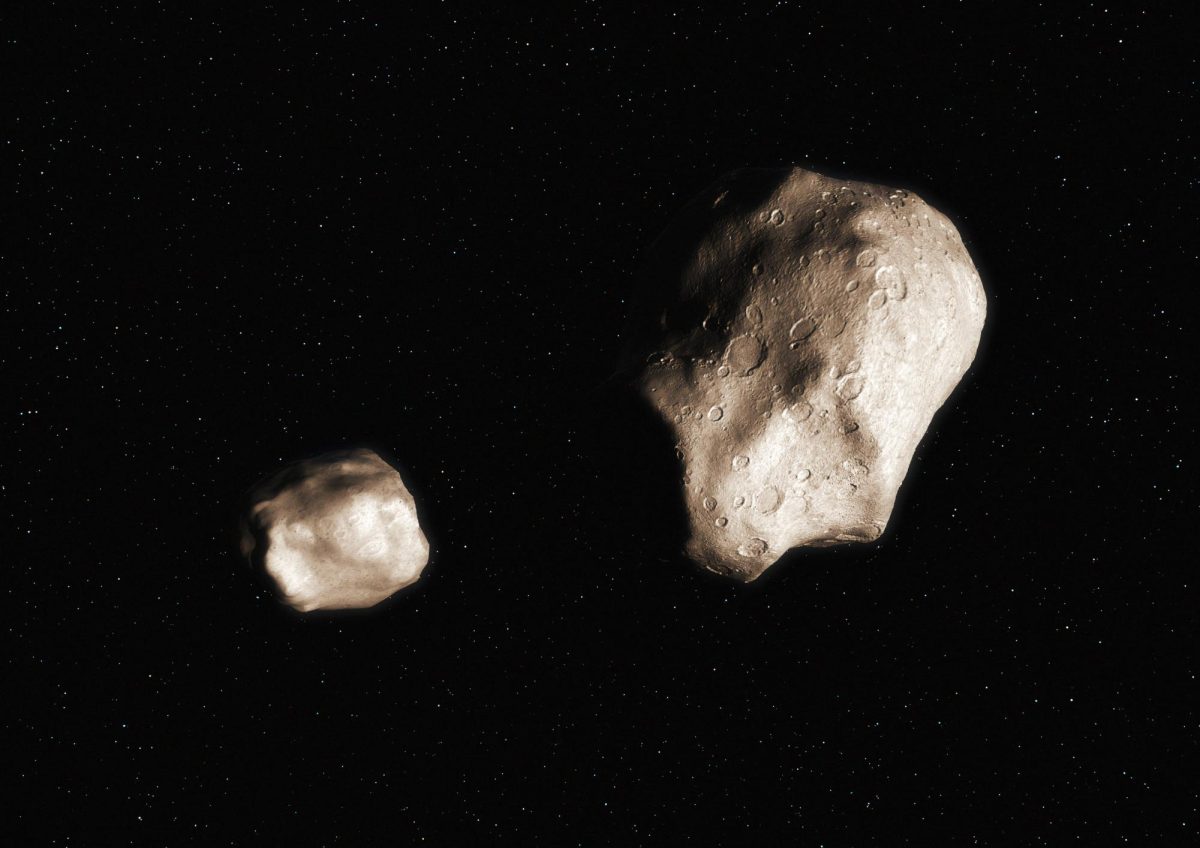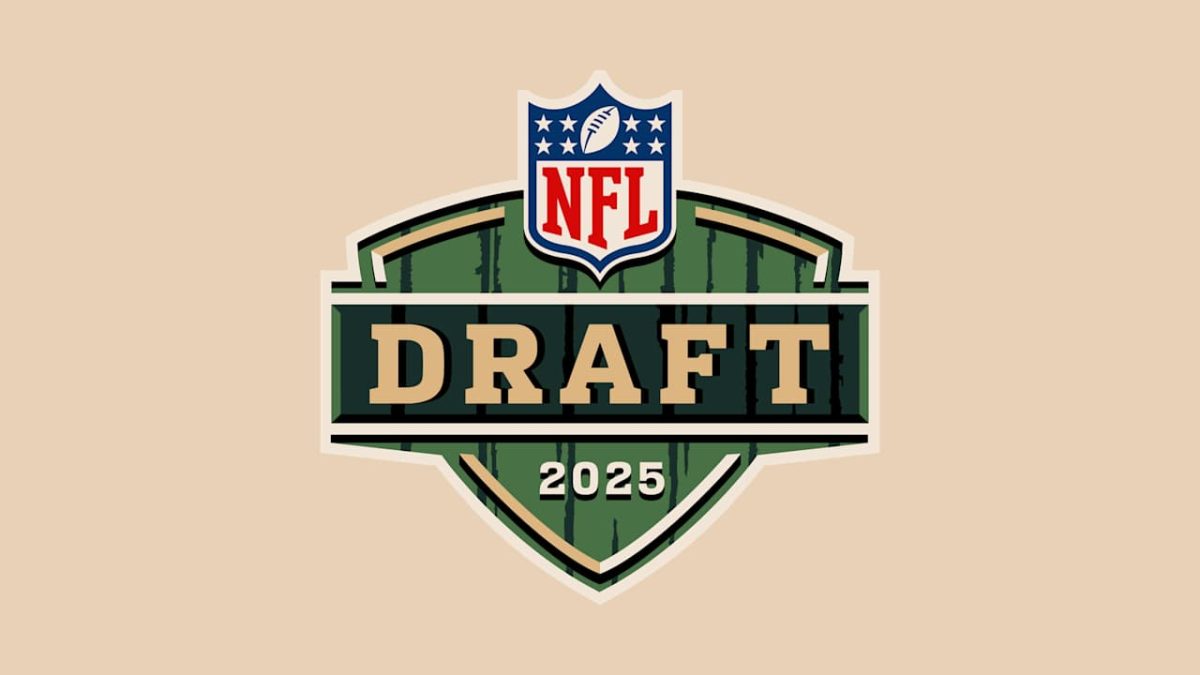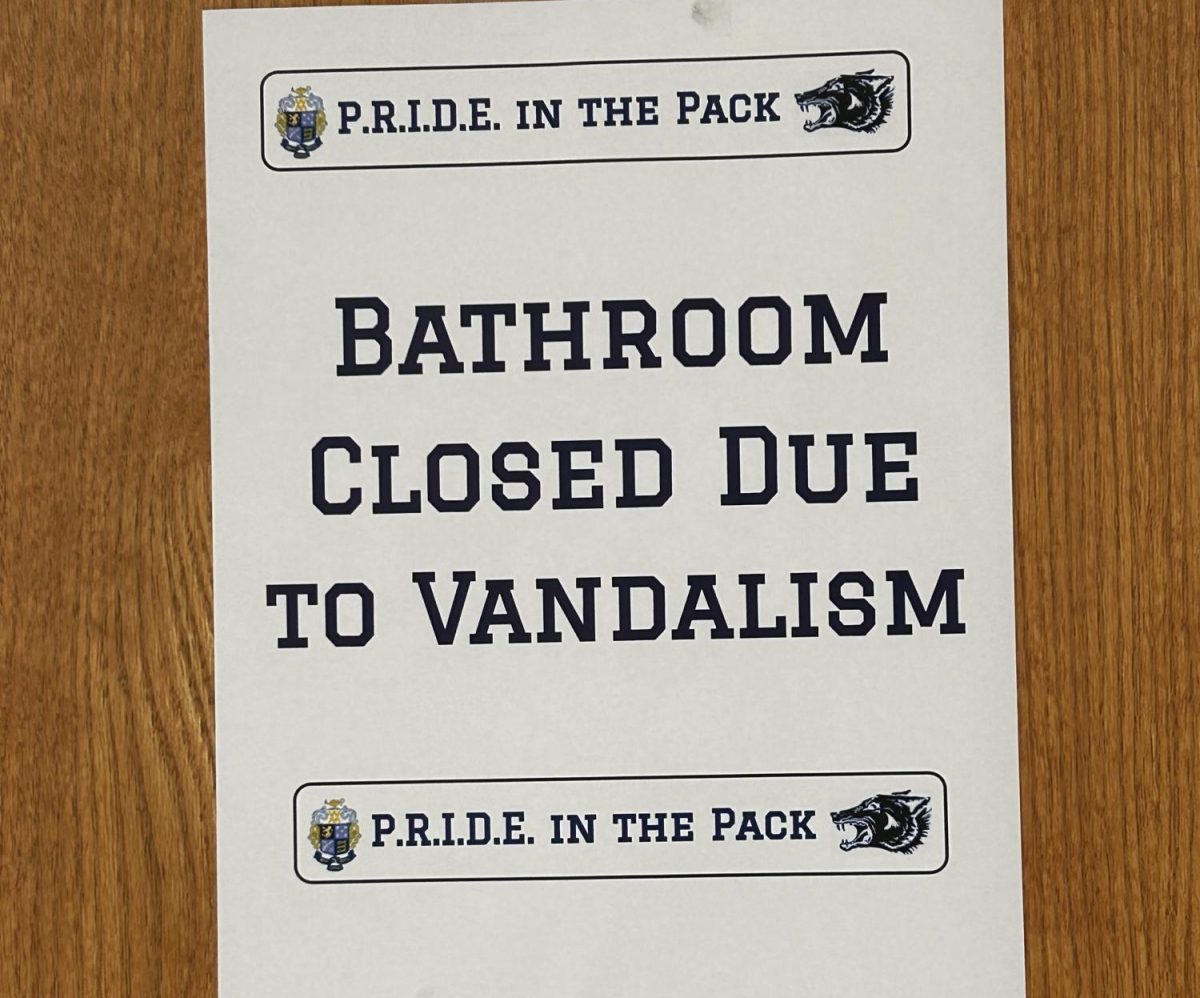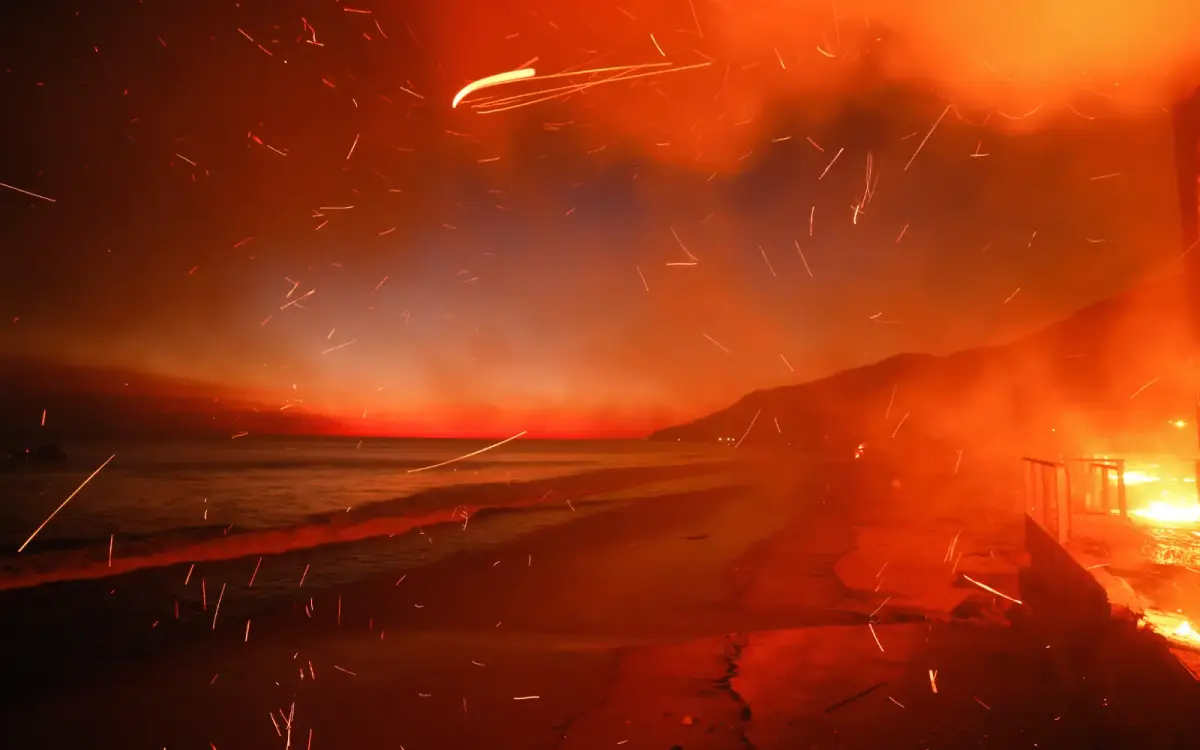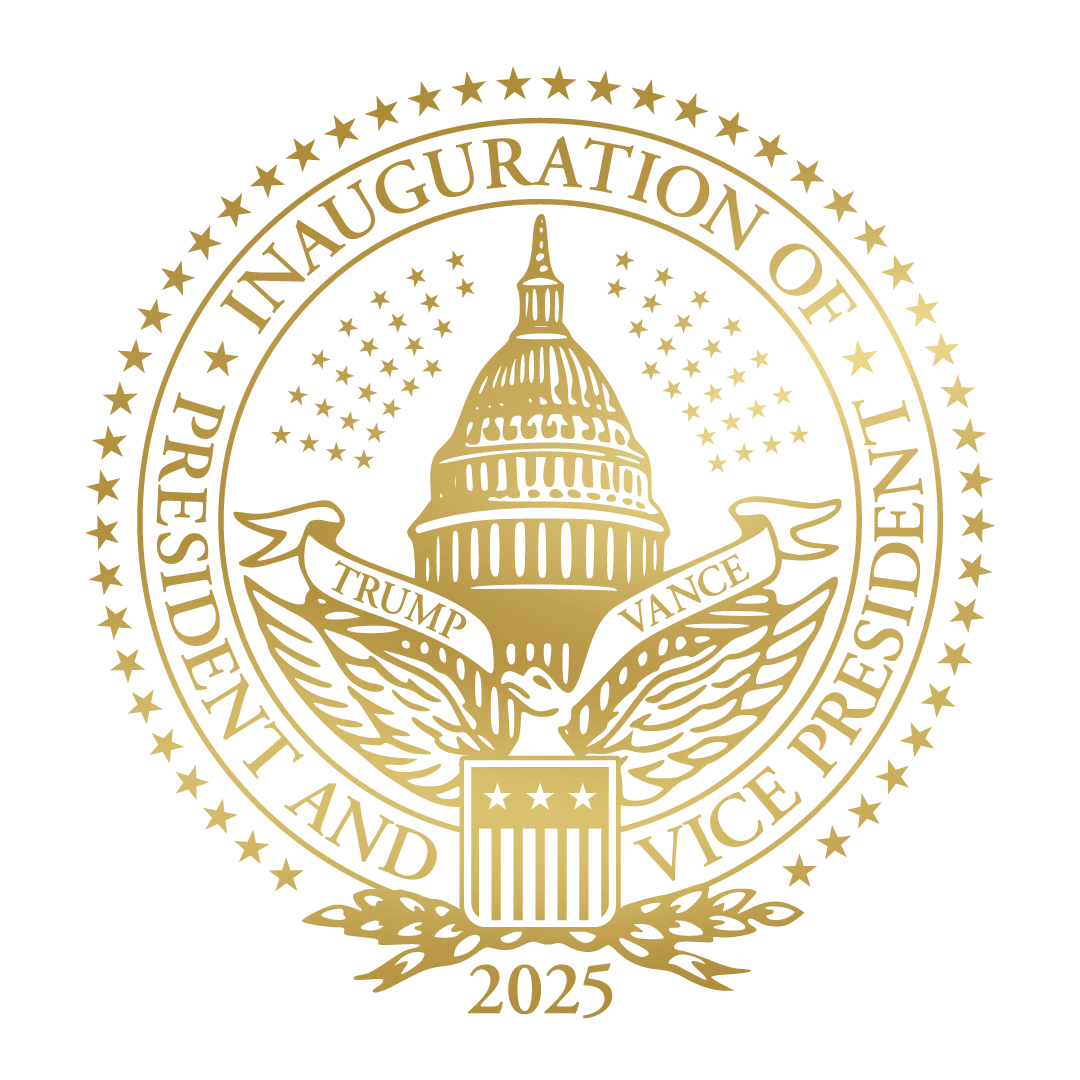Recently, a distant asteroid dubbed Asteroid YR4 2024 has been followed closely by astronomers all around the world. Decently sized and capable of local damage, the foreign body has been causing a stir in the scientific community, as the chances of collision have been climbing upwards ever since the asteroid became newsworthy a few weeks ago. But what exactly does this mean for the general public?
According to Space.com, which published an early article on January 28th regarding the asteroid’s potential danger, the object was hypothesized to have a ~1.2 percent chance of hitting Earth. As time went on, however, this estimated chance of collision increased significantly as scientists began to pour resources into finding out more about this distant rock. In an article from The Providence Journal, it is noted that the chance of a collision had increased to 2.3 percent as of February 7th. The asteroid is not exactly small, either. In fact, El Pais says that it is estimated to be 40 to 90 meters in size. Since the asteroid is suspended in an oval-shaped orbit surrounding Earth, it periodically gets closer to and further from our planet, which means that researchers have a limited amount of time to observe the asteroid before it is too far away to investigate. Thus, as days pass, larger and more complicated telescopes, including the famous James Webb Space Telescope, will have to be utilized for this purpose.
Certainly, a lot of excitement has generated in response to the idea of a potential Earth collision. CBS News calls the asteroid a “city-killer”, likely referencing the severe local damage the asteroid is capable of. El Pais notes that two organizations, the International Asteroid Warning Network and the Space Mission Advisory Group, became responsible for studying the asteroid and determining a proper response to the potential of collision, respectively. These serious measures beg the question: Is Asteroid 2024 YR4 actually capable of causing harm? Is there really a need for concern?
“I’m not feeling too worried about it cause I have a feeling that…companies like NASA or very advanced space companies…they will probably do whatever they can to prevent this from happening,” says Junior Thienan Tran. Junior Kavya Gupta additionally comments, saying that “There’s only a 2.3 percent chance that the asteroid will make contact with Earth. I don’t think its gonna hit [Earth], because there’s such a low chance.”
Indeed, experts say that the asteroid should not be a reason for major concern, according to AP News. Many predict that the chances of collision will eventually become zero percent as the asteroid continues to be studied and monitored. NASA does also have experience in deflecting asteroids and changing their orbits. In the case that a collision is imminent, technologies such as these might be developed enough to attempt an asteroid deflection, though the New York Post notes that deflection of this asteroid may have consequences if done incorrectly.
Overall, Asteroid 2024 YR4 is interesting, but it isn’t exactly indicative of the ‘end times’. As of February 18th, Live Science reports that the chance of collision has increased to 3.1%, but even still, this chance is low and, as aforementioned, will most likely drop to zero percent as time goes on.





